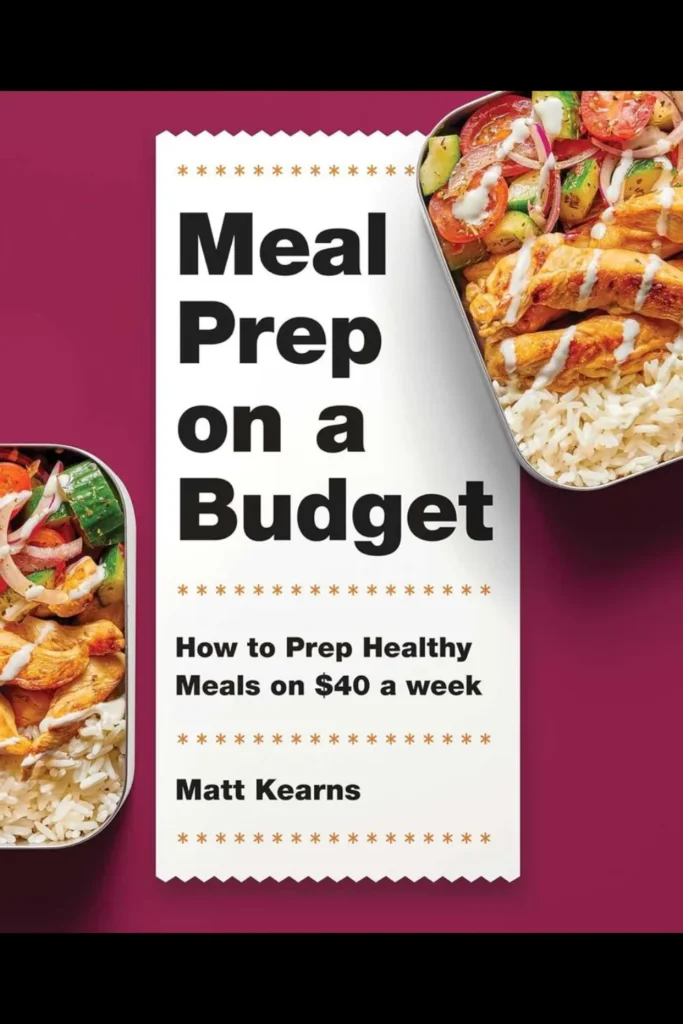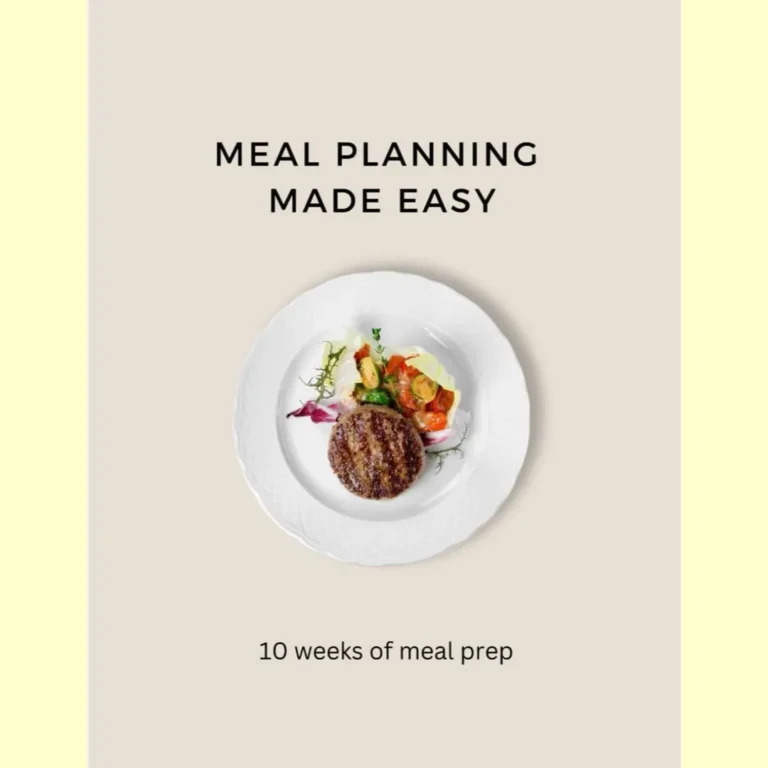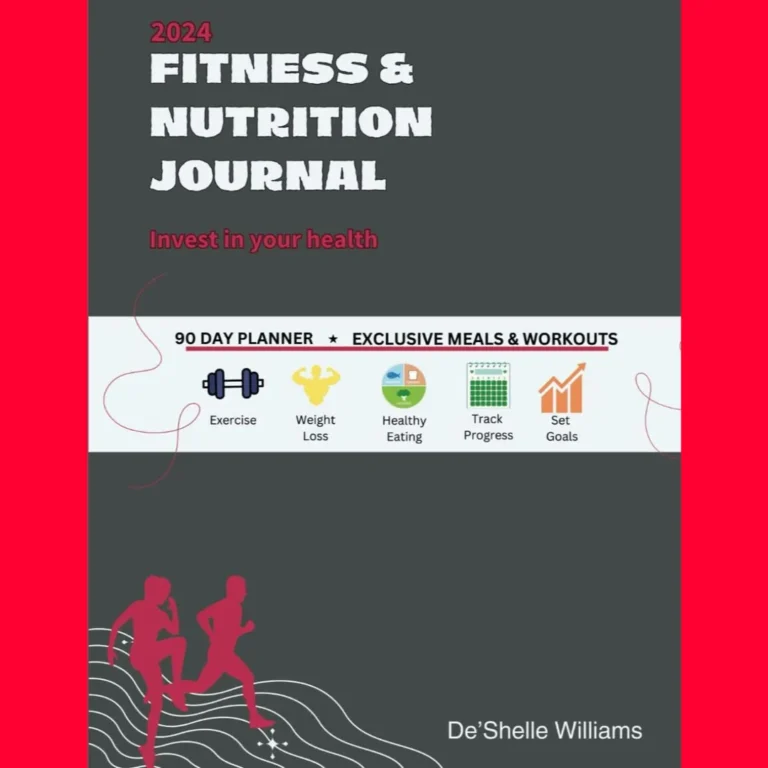How to Plan Healthy Meals
In the whirlwind world of wellness trends and nutrition advice, the quest for healthy eating can feel like navigating through a jungle without a map.
Yet, amidst this chaos, one truth remains unshakable – preparing healthy meals is the cornerstone of achieving your wellness goals.
But how do you transform this knowledge into edible reality?
It’s about more than just picking the right ingredients; it’s an art form where balance meets creativity on your plate.
This guide isn’t just another list of recipes or generic advice on choosing vegetables over chips.
Instead, we dive deep into the heart of How to Plan Healthy Meals and meal planning with precision and passion, turning each step into an opportunity to nourish both body and soul.
From decoding nutrition labels to mastering the art of meal prep Sundays, we’re here to ensure that your journey towards health doesn’t just end at wishful thinking but evolves into a sustainable lifestyle change.
Join us as we embark on this flavorful adventure together, making every bite a step closer to your wellness dreams.
Table of Contents How to Plan Healthy Meals
Achieve your wellness goals with healthy meal planning
To achieve your wellness goals, it is essential to prioritize preparing healthy meals through effective meal planning.
By taking control of your nutrition through intentional meal preparation, you can ensure that you are fueling your body with nutritious and balanced meals.
This not only supports your overall health but also aids in weight management, increased energy levels, and improved mental clarity.
Additionally, incorporating frugal meal prep strategies allows you to save time and money by buying ingredients in bulk, reducing food waste, and avoiding the temptation of unhealthy convenience foods.
By making healthy meal planning a regular practice, you can establish sustainable habits that contribute to your long-term wellness journey.
Budget-friendly tips for preparing nutritious meals
When it comes to preparing nutritious meals on a budget, there are several strategies you can implement to maximize your savings without compromising on the quality of your meals.
One effective tip is to incorporate more plant-based proteins into your meals, such as beans, lentils, and tofu.
These options are often more affordable than meat and still provide essential nutrients.
Another frugal prep idea is to plan your meals around seasonal produce, as it tends to be more cost-effective and flavorful.
Additionally, buying in bulk can significantly reduce your grocery expenses, especially when it comes to staples like rice, pasta, and spices.
Lastly, don’t underestimate the power of leftovers.
By intentionally cooking larger portions and repurposing the leftovers into new meals, you can stretch your ingredients and reduce food waste.
By implementing these budget-friendly tips, you can ensure that your meals are both nutritious and economical, helping you stay on track with your wellness goals.
Organize your week with frugal meal prep strategies
To effectively organize your week and stay on track with your wellness goals, it’s essential to incorporate frugal meal prep strategies into your routine.
Begin by setting aside dedicated time each week to plan your meals and create a shopping list based on your nutritional needs and budget.
Preparing healthy meals in advance not only saves you time but also helps you resist the temptation of unhealthy takeout options.
Consider batch cooking staple ingredients like grains, proteins, and vegetables, which can be easily incorporated into various meals throughout the week.
Portioning out your meals into individual containers ensures you have grab-and-go options for busy days.
Additionally, utilizing cost-effective ingredients like legumes, frozen fruits, and vegetables can significantly reduce your grocery expenses while still providing essential nutrients.
By implementing these frugal meal prep strategies, you can streamline your week and ensure that your meals support your wellness goals without breaking the bank.
Maximize nutrition without breaking the bank
To maximize nutrition without breaking the bank, focus on incorporating nutrient-dense foods into your meals.
Opt for whole grains like quinoa and brown rice, which are affordable and rich in fiber, vitamins, and minerals.
Include lean proteins such as chicken breast, tofu, or canned tuna, which provide essential amino acids without straining your budget.
Additionally, prioritize seasonal fruits and vegetables, as they tend to be more affordable and offer a wide range of vitamins and antioxidants.
Don’t overlook frozen options, as they can be just as nutritious as fresh produce and often cost less.
Experiment with different herbs and spices to add flavor without relying on expensive processed sauces or seasonings.
Finally, consider purchasing in bulk or taking advantage of sales to stock up on pantry staples like canned beans, nuts, and seeds.
With careful planning and conscious choices, you can enjoy meals that are both nourishing and budget-friendly.
Create a healthy menu plan
When preparing healthy meals, it is essential to create a well-balanced menu plan that aligns with your wellness goals while also being mindful of frugal prep.
Begin by identifying the nutritional needs of your body and the specific goals you want to achieve.
This could include increasing your intake of fruits and vegetables, reducing sodium or sugar consumption, or incorporating more plant-based proteins.
Once you have a clear understanding of your objectives, start by selecting a variety of recipes that cater to these goals.
Consider choosing recipes that utilize affordable and versatile ingredients, allowing you to make the most of your grocery budget.
Plan your meals for the week ahead, taking into account any time constraints or dietary restrictions.
By creating a healthy menu plan, you can ensure that your meals are both nourishing and cost-effective, supporting your overall well-being.
Simplify meal prep for success
To simplify meal prep for success, it’s important to establish a routine and prioritize efficiency.
Start by setting aside dedicated time each week for meal planning and preparation.
This will help you stay organized and avoid last-minute decisions that may lead to unhealthy choices.
Consider batch cooking, where you prepare larger quantities of ingredients or meals that can be easily stored and reheated throughout the week.
Invest in quality food storage containers to portion out meals and snacks, making it easier to grab and go when needed.
Additionally, take advantage of time-saving kitchen tools such as slow cookers or pressure cookers to streamline the cooking process.
By simplifying meal prep, you can save time, reduce stress, and stay on track with your wellness goals, all while being mindful of your budget.
Stay on track with nutritious meals
Maintaining a nutritious and balanced diet is crucial for staying on track with your wellness goals.
Preparing healthy meals at home allows you to have full control over the ingredients and portion sizes, ensuring that you are fueling your body with the nutrients it needs.
When planning your meals, focus on incorporating a variety of fruits, vegetables, lean proteins, and whole grains.
Opt for homemade sauces and dressings to avoid unnecessary additives and preservatives.
Additionally, consider frugal meal prep options, such as buying produce in-season or purchasing items in bulk to save money.
By prioritizing nutritious meals and making smart choices during the preparation process, you can stay on track with your wellness journey and achieve long-term success.
Fuel your body with affordable options
To fuel your body with affordable options, it’s important to prioritize smart choices during meal planning and preparation.
Start by incorporating budget-friendly ingredients into your meals, such as beans, lentils, and inexpensive cuts of lean meat.
These options provide ample protein while being gentle on your wallet.
Additionally, take advantage of seasonal produce, as it tends to be more affordable and fresher.
Planning your meals around what’s on sale or in abundance at the local market can help you save money while still enjoying a wide variety of nutritious options.
Lastly, consider batch cooking and meal prepping to make the most of your ingredients and minimize waste.
By preparing larger quantities of meals in advance, you can save both time and money throughout the week.
With careful planning and a frugal mindset, you can fuel your body with affordable, nutritious options and achieve your wellness goals.
In conclusion, planning healthy meals doesn’t have to be overwhelming or difficult.
By following the simple steps outlined in this post, you can create a balanced and nutritious meal plan that will support your overall health and wellness goals.
Remember to consider your personal preferences and dietary needs, and don’t be afraid to get creative in the kitchen.
With some planning and preparation, you can make healthy eating a sustainable and enjoyable part of your lifestyle.
Here’s to a happier and healthier you!
FAQ
What are some key factors to consider when planning a healthy meal?
When planning a healthy meal, you should consider incorporating a variety of food groups like fruits, vegetables, whole grains, lean proteins, and healthy fats.
Portion control is important to avoid overeating.
Additionally, pay attention to the cooking methods used, opting for methods like grilling, baking, or steaming instead of frying.
Be mindful of added sugars, sodium, and unhealthy fats in your ingredients.
Lastly, make sure to hydrate with plenty of water and include fiber-rich foods to aid digestion.
By balancing nutrients and making smart choices, you can create delicious and nutritious meals.
How can portion control play a role in planning healthy meals?
Portion control is vital for maintaining a balanced diet.
By being mindful of your serving sizes, you can prevent overeating and ensure you’re getting the right amount of nutrients.
When planning meals, consider using smaller plates to control portions and avoid going back for seconds.
This practice can help you manage your calorie intake and promote weight management.
Additionally, portion control allows you to enjoy a variety of foods without feeling deprived, leading to a more sustainable and healthy eating habits in the long run.
What are some tips for incorporating a variety of fruits and vegetables into meal planning?
When planning your meals, try to include fruits and vegetables in different colors to ensure a variety of nutrients.
Experiment with new recipes that feature different produce items, or add them to dishes you already enjoy.
Consider shopping at local farmers markets for fresh and seasonal options.
Prep your fruits and vegetables ahead of time for easy access and quick meals.
Lastly, be open to trying new fruits and vegetables to expand your palate and create a more diverse and nutritious diet.
How can meal prepping help with planning and sticking to healthy meals?
Meal prepping can help you plan and stick to healthy meals by allowing you to prepare nutritious dishes in advance.
By dedicating time to cooking and portioning out meals for the week, you eliminate the need to make last-minute decisions that could lead to unhealthy choices.
Having healthy meals readily available also reduces the temptation to opt for less nutritious options when you’re short on time or feeling hungry.
This way, you can stay on track with your health goals and ensure that you have balanced and satisfying meals throughout the week.
What are some healthy alternatives to common unhealthy ingredients in recipes?
When cooking, opt for Greek yogurt instead of mayonnaise or sour cream for a healthier alternative.
Use honey or maple syrup instead of refined sugar, and whole wheat flour instead of white flour.
Swap out butter for avocado or coconut oil, and try using herbs and spices to enhance flavor instead of salt.
These small changes can make a big difference in the overall healthiness of your meals.







